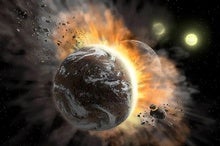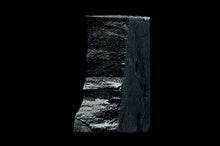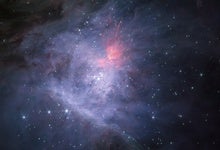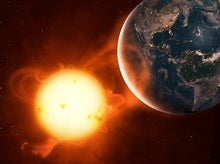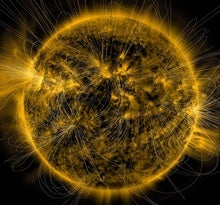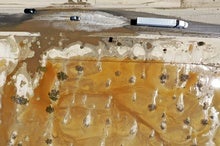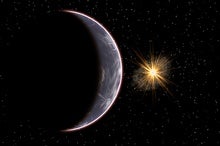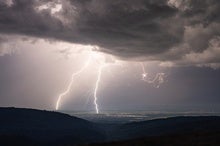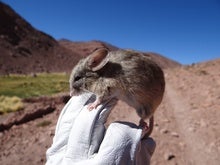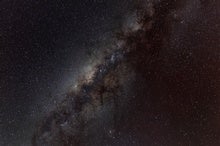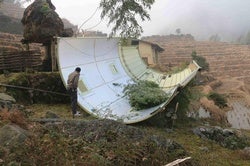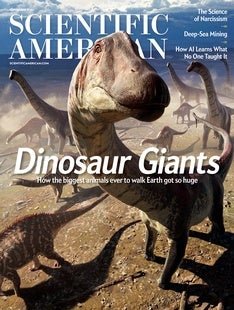 |
| October 26, 2023 |
This week, there's something disconcerting in the air, a faint but distinct metallic scent. Thankfully this isn't something we're all smelling, but if we were sniffing the rarefied air several kilometers above the ground, we might be. Our lead story this week reports on a new study revealing that Earth's serene stratosphere, home of our planet's protective ozone layer, is increasingly polluted by vaporized metal from space junk that burns as it reenters the atmosphere. Scientists aren't yet sure how this high-altitude influx of copper, aluminum, lithium and other metals will shape planetary climate and habitability, but the effects could be significant--especially since the rate of falling space junk is set to skyrocket in future years in lockstep with surging numbers of launches. Elsewhere this week, we have stories about worlds in collision around a distant star, the state of in-space manufacturing, mysterious rogue planets in the Orion nebula, and much, much more. Enjoy! |
| |
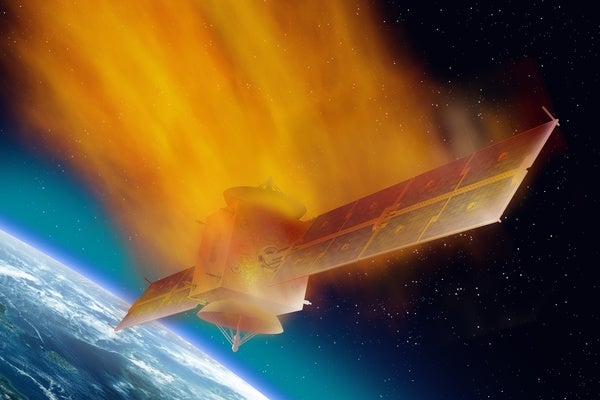 |
| |
| |
| |
| Space Exploration Space Manufacturing is Not Science Fiction A Stanford researcher is growing crystals on the International Space Station to withstand the extreme environments of Venus. |  | By Jason Drakeford,Tulika Bose,Kelso Harper,Jeffery DelViscio | | | |
| |
| |
| |
| |
| |
| |
| |
| |
| |
| |
| |
FROM THE ARCHIVE
 | | | |
LATEST ISSUES
 |
| |
| Questions? Comments?  | |
| Download the Scientific American App |
| |
| |



